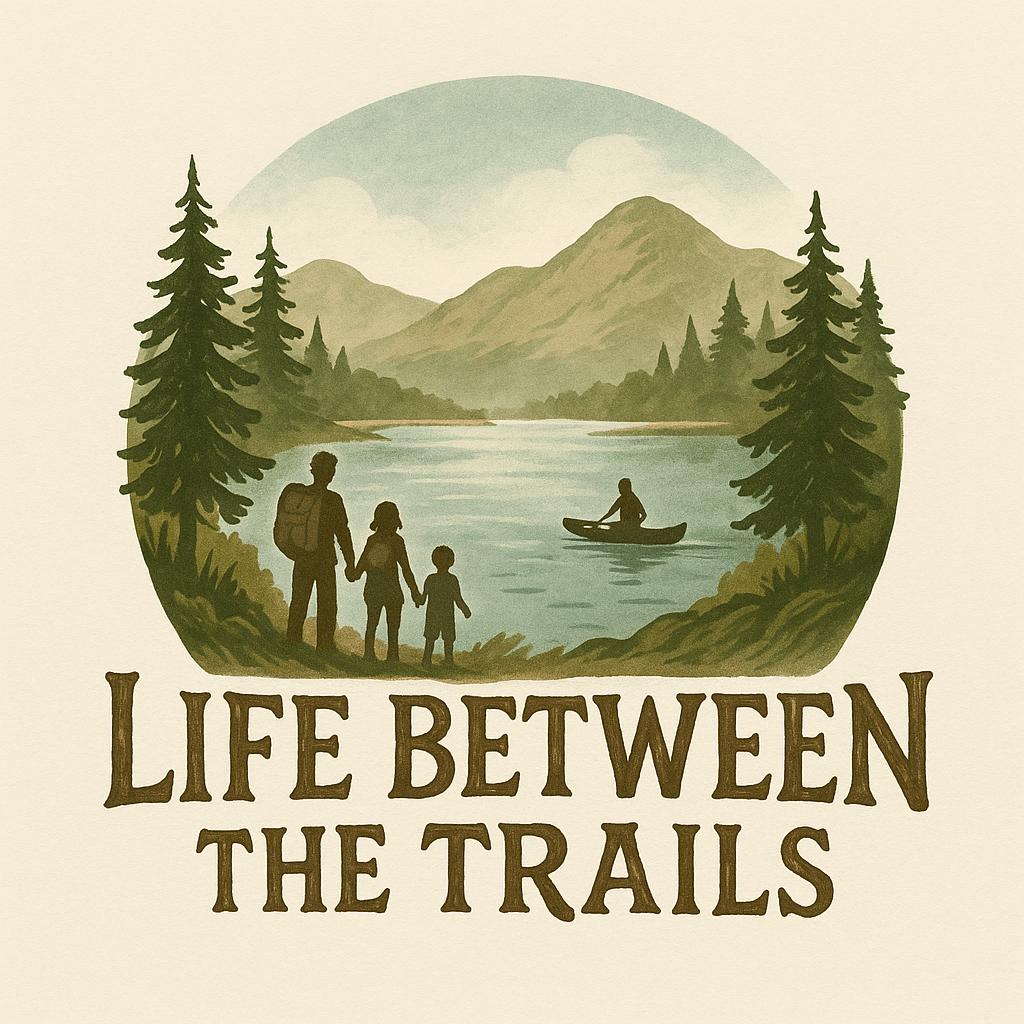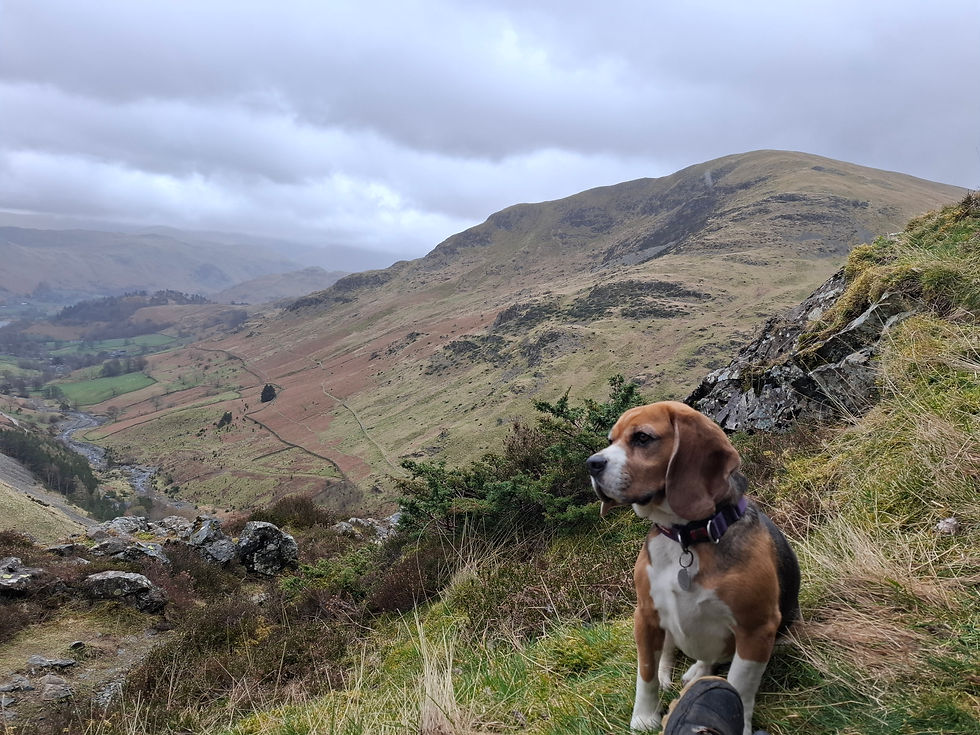
What OT's Look For in Nature Sessions
- Life Between The Trails

- Aug 21
- 2 min read
When we step into nature, it can feel like we’re simply going for a walk, sitting by the water, or enjoying some fresh air. But as Occupational Therapists we see something more. Nature itself becomes part of the therapy, and there’s so much we look out for when we take our sessions outside, they’re not just “taking someone outside” — they’re looking at how the natural environment supports or challenges the person’s occupations (the meaningful activities they want/need to do).
Here are just some of the key things we might notice and explore when supporting someone in a natural setting:
🌱 Movement in Nature
How does a person move across uneven paths, soft grass, or forest trails? Walking on different surfaces, balancing on logs, or climbing a gentle slope can all give insight into strength, coordination, and endurance. Everyday activities suddenly look different in the outdoors.
🌳 Sensory Experiences
Nature provides a rich sensory world. The feel of sand, the sound of birds, the smell of fresh pine — these can calm, regulate, or sometimes even challenge the senses. We look at how someone responds, whether they’re soothed by rustling leaves or overwhelmed by certain textures or sounds.
🧭 Thinking and Problem-Solving
Being outdoors can spark creativity and challenge our brains in new ways. From following a trail, to remembering a route, to solving the puzzle of how to set up a picnic spot — the outdoors naturally builds cognitive skills like planning, memory, and attention.
💚 Emotional Wellbeing
Many people feel their stress lift the moment they step into green space. As OTs, we notice the impact of nature on mood, confidence, and self-esteem. That moment of calm by the water or joy at spotting wildlife can be a powerful part of recovery.
👨👩👧 Social Connection
Whether it’s playing outdoor games with children, walking as a family, or chatting with a friend on a bench, nature often helps people connect. We pay attention to how relationships and communication unfold in these shared spaces.
🪵 The Environment Itself
We also think about the space: Is it accessible? Are there benches to rest? Is it safe for someone’s needs? The environment matters just as much as the activity.
What do you notice here:
🌿 Why it matters:
Nature offers a living, breathing therapy room — one that supports movement, senses, mind, and relationships all at once. For OTs, this means we can see the whole person in action, not just in a clinic.
Next time you’re outdoors, pause and notice: How does the environment support you? What challenges does it give you? What little moments bring you joy? That’s the lens we use in nature therapy — and it’s a powerful one.




Comments